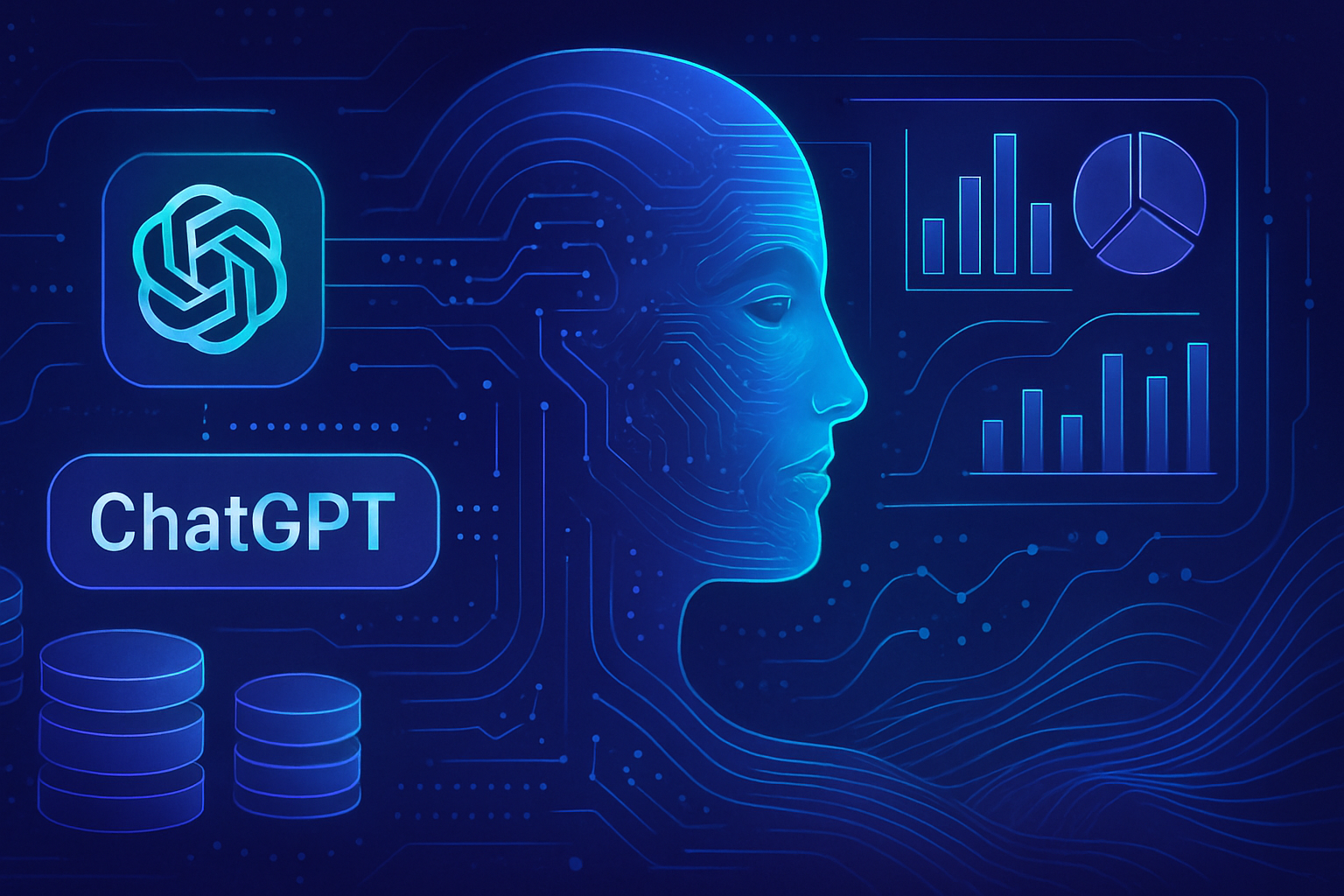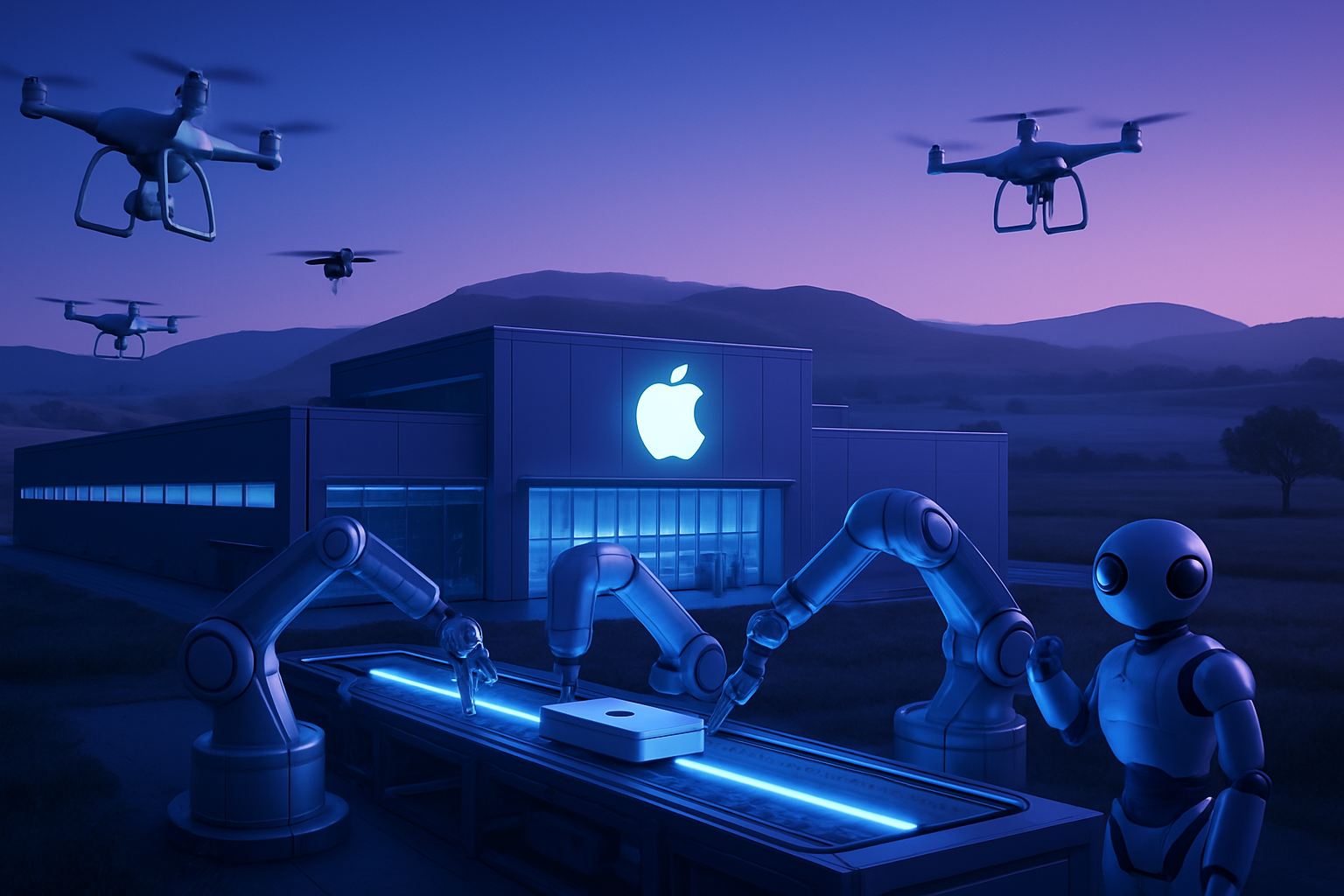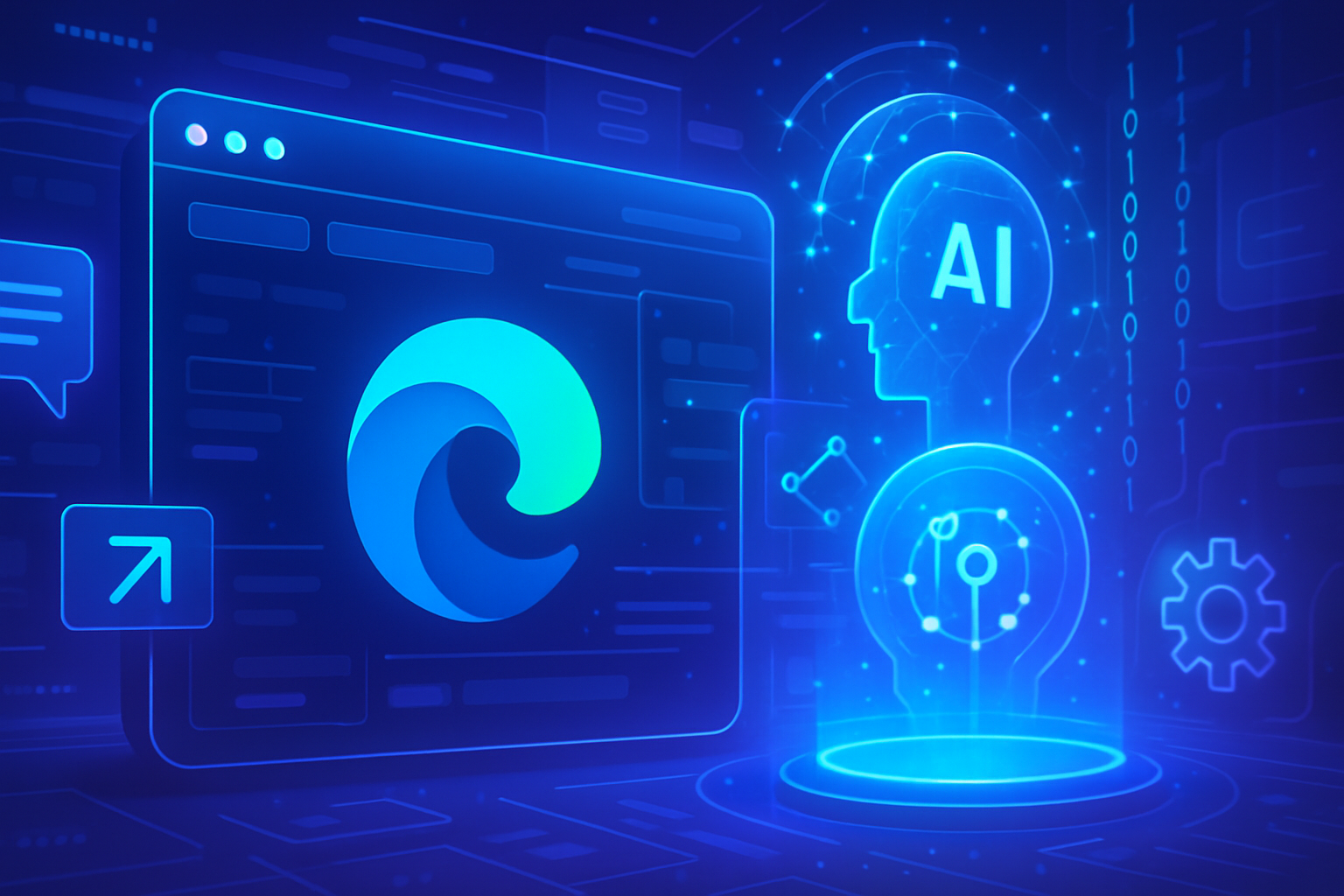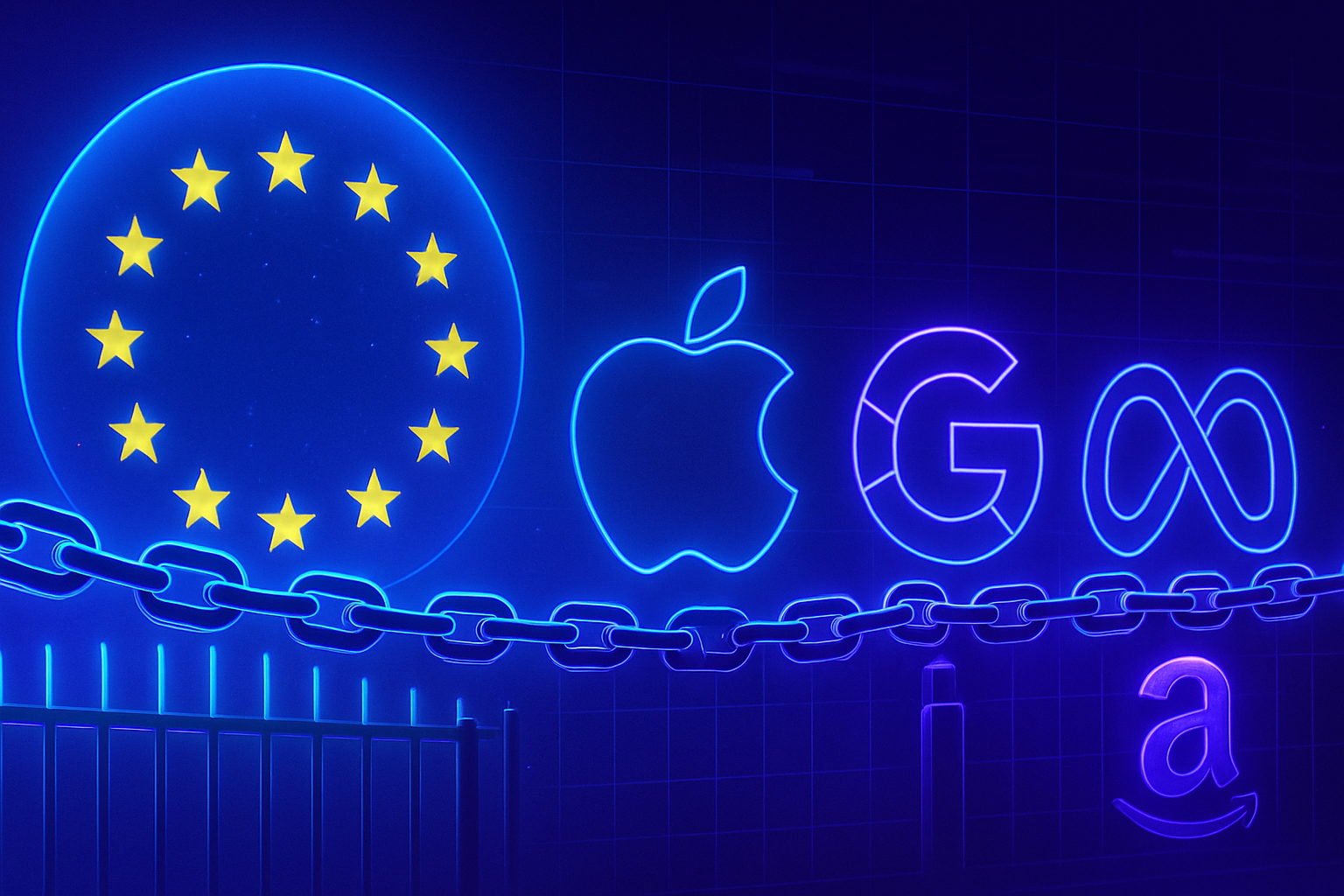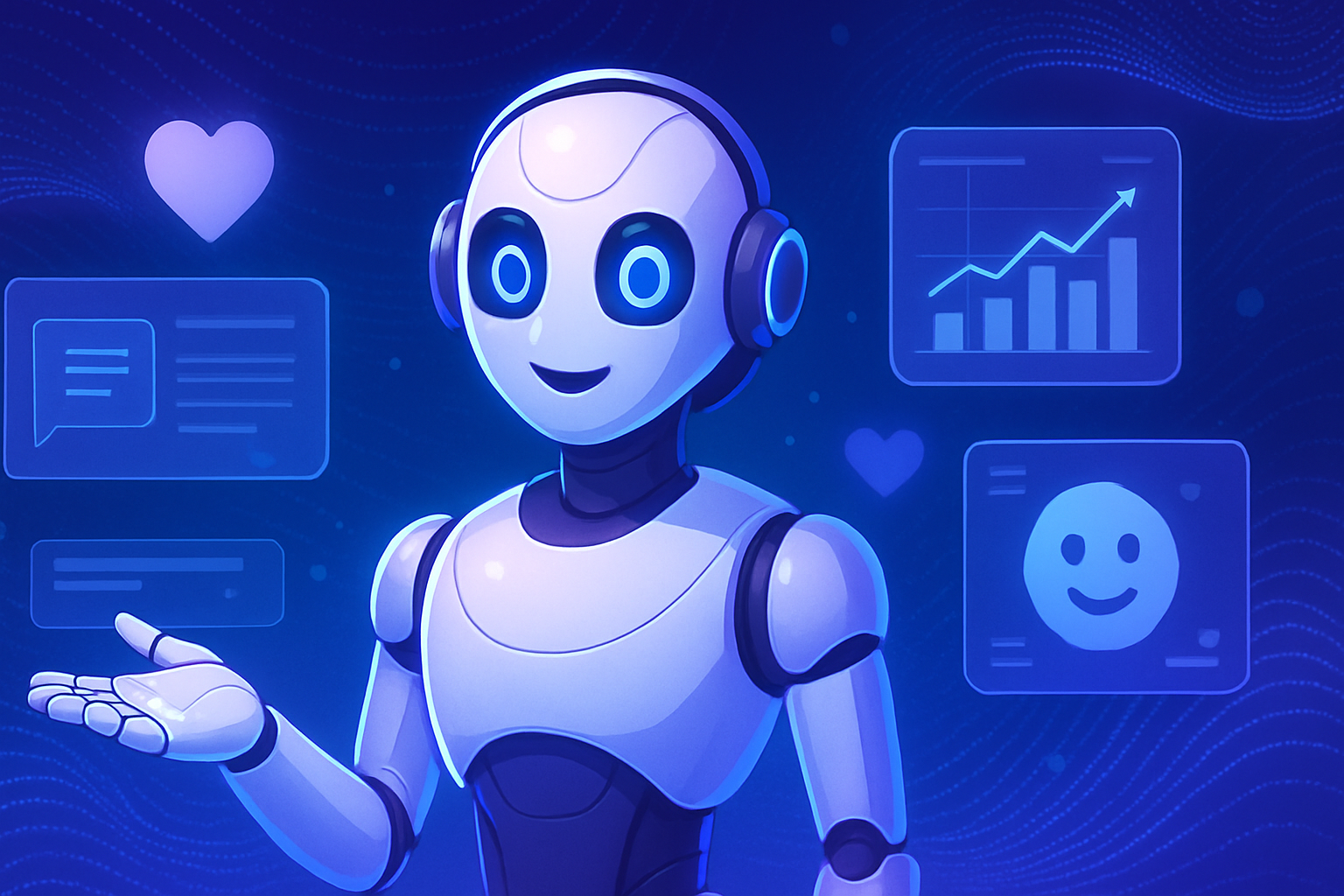OpenAI transforms ChatGPT into a custom analyst. The connection between this AI model and business data creates an unprecedented opportunity for access to strategic knowledge. Business leaders must face an unavoidable reality: relevant information is often scattered across a multitude of documents, messages, and tools.
_Accessing accurate intelligence_ requires the secure convergence of these dispersed data. OpenAI’s innovative new features promote a decisive efficiency by eliminating information silos. _The challenge now is to optimize the integration of knowledge_ to enable informed and agile decision-making.
The connection between ChatGPT and business data
OpenAI has taken a significant step by linking ChatGPT to internal business data. This initiative transforms the general-purpose assistant into a personalized analyst, capable of extracting valuable insights from internal databases. Businesses now have a tool that goes beyond simple writing tasks, allowing for in-depth analyses.
The challenges related to data accessibility
Historically, the potential of generative AI was limited due to its inability to access internal data. The information necessary to complete tasks is often scattered across various tools such as documents, files, messages, and tickets. This lack of integration hinders operational efficiency and decision-making.
These tools are rarely interconnected, making it difficult to access coherent and complete answers. OpenAI finds itself competing with giants like Microsoft and Google, who are also trying to integrate high-performing and secure AI into platforms like Azure and Salesforce.
Advanced features of ChatGPT
The ability of ChatGPT to connect to applications such as Slack, SharePoint, Google Drive, and GitHub expands its functional repertoire. An advanced version of GPT-5 has been designed to analyze multiple sources, ensuring enriched responses. Each response provided includes references to the origins of the information, thereby reinforcing user trust in the validity of the results obtained.
Practical applications for teams
The applications of this technology are vast. A manager preparing a call with a client can request a briefing, integrating recent messages, email details, and support ticket summaries. This functionality also allows for the analysis of complex situations within the company. For example, when asked about the company’s goals for the next year, the model can synthesize discussions and identify differing opinions.
Beyond briefings, other uses include strategic planning and reporting. Teams can gather customer feedback, survey results, and major themes from support tickets to develop roadmaps. The production of campaign summaries can also be done by integrating data from HubSpot and key points from emails.
Data management and privacy
For security and data officers, sharing intellectual property with AI presents risks. OpenAI addresses these concerns by emphasizing administrative controls and data privacy. The system scrupulously adheres to existing access permissions within the company, viewing only the data that each user is authorized to see.
Control mechanisms and security
ChatGPT Enterprise administrators can manage access to applications while establishing custom roles for users. Notably, OpenAI states that the tool does not train by default on business data. The platform also features advanced security functionalities, such as encryption and single sign-on.
However, technology leaders must remain aware of the limitations of this technology. Users must manually enable certain functionalities, and the absence of web search may restrict access to information.
Ecoystem and integration
The value of this new functionality heavily depends on its ecosystem. Configured to operate with essential platforms, it will continue to add connectors for tools like Asana and ClickUp. CIOs must assess the list of connectors against their company’s IT infrastructure to maximize efficiency.
The development of OpenAI aims to eliminate knowledge silos within companies, thereby facilitating data integration. This movement towards secure and functional integration addresses complex issues related to data governance and access control. By promoting robust connections between models and data, OpenAI assists companies in optimizing their decision-making processes.
For more information on the impact of AI in business, several major events are taking place, including AI & Big Data Expo and other significant digital expos.
User FAQ
What are the main features of OpenAI when ChatGPT is connected to business data?
OpenAI allows ChatGPT to access internal business data, leveraging applications like Slack, SharePoint, and Google Drive to provide more relevant and personalized responses. This includes the ability to summarize information and analyze complex situations using scattered data.
How does OpenAI ensure data privacy when using ChatGPT in the enterprise?
OpenAI emphasizes data security by respecting existing permissions within the company. Each user can only access the information they are already entitled to, and measures such as encryption and access management are in place to ensure privacy.
What types of tasks can benefit from the integration of OpenAI with enterprise tools?
Tasks such as preparing client briefings, creating campaign summaries, and planning releases can benefit from this integration. By gathering information from different sources, ChatGPT helps improve efficiency and decision-making.
What are the potential challenges related to using ChatGPT in the enterprise?
Challenges include the need to organize and verify data permissions before using the tool, as well as the fact that the AI cannot search the web if enterprise knowledge is enabled. Moreover, users must manually enable this feature at the start of the session.
How does OpenAI manage the risk of sharing sensitive information when using ChatGPT?
OpenAI focuses on stringent administrative controls and security features such as single sign-on (SSO) and identity management to ensure that sensitive information is not improperly exposed.
What measures should businesses take before deploying ChatGPT connected to internal data?
Businesses should ensure that data permissions in their tools (like SharePoint and Google Drive) are correctly configured. It is also advisable to pilot the tool on specific workflows before a broader deployment to measure impact and efficiency.
What tools can be integrated with ChatGPT to enhance data analysis in the enterprise?
ChatGPT can be integrated with various tools such as GitHub, Linear, and HubSpot. These integrations allow for the collection and analysis of data from multiple systems to provide more precise and actionable insights to teams.
